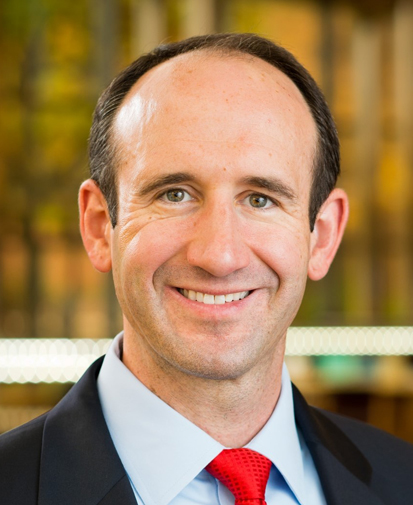
Life is largely returning to normal. Masks are no longer required, restaurants are back to 100 percent capacity, and people are beginning to travel again. When will the economy return to normal, and what will normal look like?

These are difficult questions to answer, as the economy has never been in a recession like this one, where numerous sectors were shut down while massive amounts of fiscal and monetary stimulus were pumped into the economy. The $2 trillion CARES act was signed into law in March 2020 while another $900 billion COVID relief bill was signed into law in December 2020. President Biden recently signed the $1.9 trillion American Rescue Plan into law in March 2021.
Each one of these bills, by itself, would be the largest piece of fiscal policy enacted in American history. The national debt has increased by $5 trillion since February 2020, meaning nearly 20 percent of the entire national debt was created in the past year. The debt-to-GDP ratio exceeds 100 percent, a level not seen since World War II.
The Federal Reserve has doubled its balance sheet from $4 trillion in February 2020 to $8 trillion today by acquiring government debt, mortgage debt and other assets, representing unprecedented expansionary monetary policy. The Federal Reserve has nearly doubled the money supply, increasing the money supply from $3.6 billion in February 2020 to nearly $6 trillion today. This means that 40 percent of all dollars ever created were created in the last 16 months. These unprecedented times make it difficult to give an economic outlook.
With that said, I believe that the latter half of 2021 is likely to be the opposite of 2020. Last year saw people sheltering-in-place and saving money. The personal savings rate in the U.S. increased from 7.5 percent prior to COVID to 30 percent during COVID, as many of the relief checks were simply deposited in the bank during the shutdown. With life returning to normal in the second-half of 2021, people will be eager to spend this money to make-up for lost time.
I expect the demand for things such as travel, leisure and hospitality to surge, which will put upward pressure on prices, meaning inflation. Surging demand will be compounded by shortages throughout the economy caused by the shutdown. Rental car prices are surging as the demand for travel is increasing, coupled with shortages due to rental car companies jettisoning their fleets last April and the microprocessor shortage making it impossible to replace them. There are reports of tourists in Hawaii renting U-Hauls because they are cheaper than renting a car at the airport.
Labor supply issues are a further problem. There are a record-high eight million job openings in the economy, yet labor force participation is at a 45-year low. If these open jobs were filled, U.S. employment would exceed its pre-pandemic high.
I expect a frustrating economy from the consumer standpoint. Things will be crowded, expensive and in short supply. If the 2020 economic problem was unemployment, the 2021 problem will be inflation.
